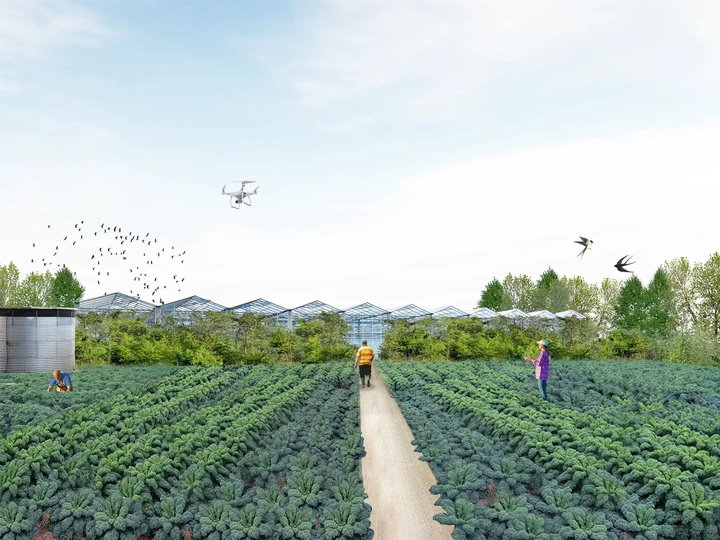Cill Ulta Bioeconomy Hub: Rural Regeneration Plan

We move beyond sustainability, practicing regenerative design for positive social, environmental and economic impact. Our multidisciplinary team includes:
Kevin Loftus (Co-founder, Director, Design Lead): M.Arch MRIAI ARB PSDP, with a decade of global experience. He leads large-scale urban sustainability and community-driven projects, implementing circular design and bio-material construction. His Ripple project won Ireland’s first New European Bauhaus Award.
James McConville (Managing Director, Stakeholder Engagement Lead): M.Arch MRIAI ARB, with 13 years in architecture and urban regeneration. He specialises in stakeholder-led design and believes "Regenerative futures are only possible when communities are at the heart of the design process".
Tom Lindsay (Director, Policy Specialist, Impact at Scale Lead): With 10+ years in sustainability, Tom worked with Rockefeller Foundation and C40 Cities Climate Leadership Group. He developed the "Accelerating Action Tool" sustainability software, supporting Ireland's Climate Action Plan. He leads policy delivery and scaling impact.
Simone Broglia (MRIAI Architect): Six years of experience integrating environmental modeling (BIM, Rhino, One Click LCA) and digital design for sustainable, community-driven solutions. He worked on Cill Ulta Bioeconomy Masterplan and Lisdoonvarna Vision.
Inna Stryzhak (Architect): A recent graduate eager to integrate sustainability into innovative and functional designs.
Philip Corrigan (Sustainable Development Consultant): With 14 years of experience, he focuses on regenerative design, bridging environmental and social well-being.
We focus on maximising environmental, economic, social and political impacts.
We collaborate, are curious, think long-term, and aim to inspire. Our achievements include 40+ projects (28+ completed), 6 planning applications secured and over €1 million funding unlocked. We've hosted 43 co-design workshops engaging 1200+ people.
The Cill Ulta Bioeconomy Hub and Masterplan, developed by ACT in collaboration with Rhatigan Architects for Údarás na Gaeltachta, addresses the challenges of rural decline and food insecurity in North rural Donegal. Our inquiry into "What is the bio-economy and how can be harnessed to sustainably develop north rural Donegal?" led us to envision Cill Ulta as a leading exemplar of rural revitalisation.
Our core "Bioeconomy Tapestry Concept" weaves together agriculture, research, enterprise, and community, creating a new economic and spatial logic for the 60,418 m² site. This concept informed the masterplan's design, integrating a Research Hub, Research & Demonstration Glasshouse, Farm Storage & Production Centre, 8 Polytunnels for organic crop production and agricultural fields for regenerative farming.
Most successful aspects include the holistic approach to sustainable economic growth through bio-circular economy solutions, fostering innovation, and enhancing local food sovereignty. The plan's focus on regenerative agriculture, reduced chemical inputs, soil health, biodiversity, low-carbon technologies, water treatment, and circular waste management critically engages with the environmental crisis.
The anticipated impact is significant rural regeneration, reversing decline, creating jobs, and enhancing quality of life. It aims to increase food security and contribute to a resilient food system. The Masterplan fosters sustainable economic growth through bio-circular economy solutions and empowers local SMEs. Environmental benefits include enhanced biodiversity, reduced GHG emissions and improved resource efficiency.
We see this project evolving as a template for positive transformation in other rural communities globally, demonstrating how spatial planning can create net-positive impacts for people and the planet. Its emphasis on centralised resources and knowledge for bio-based product commercialization fosters a culture of innovation for future adaptation.